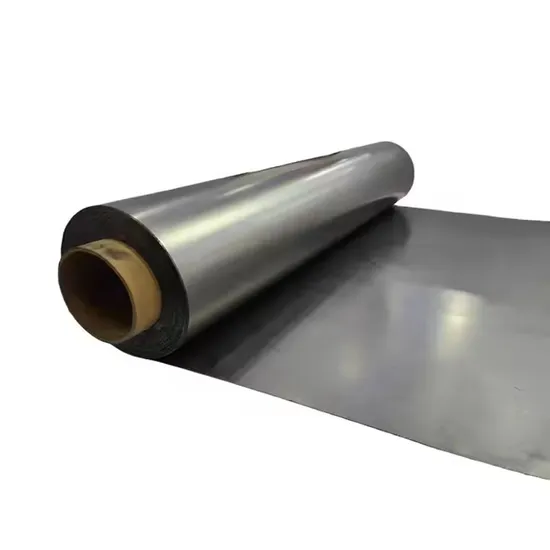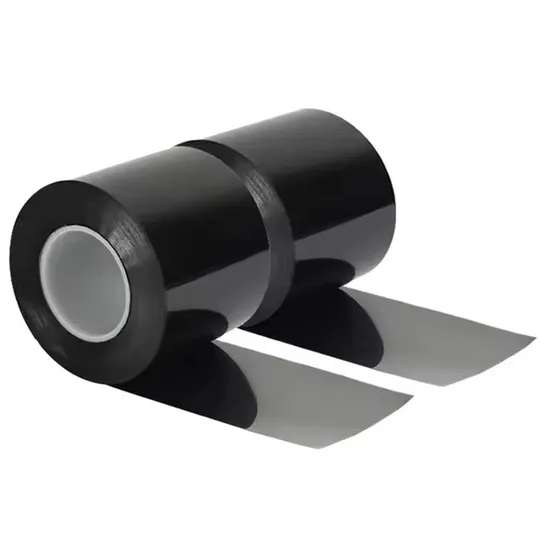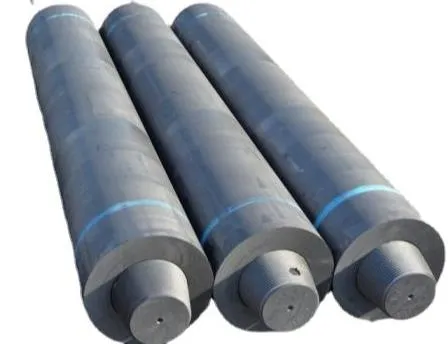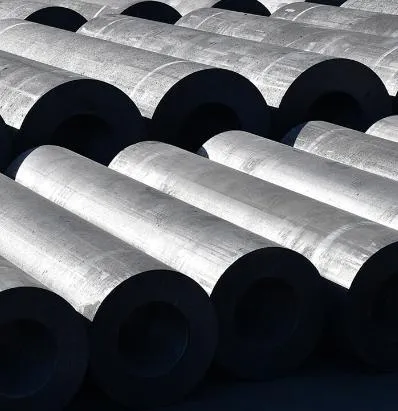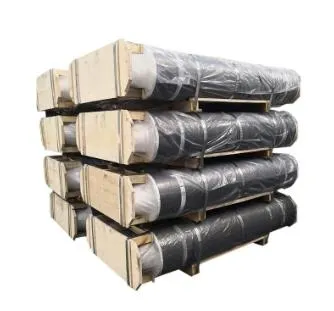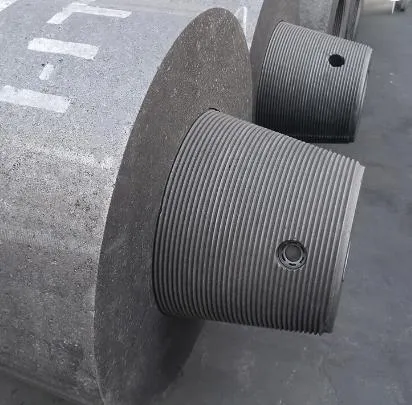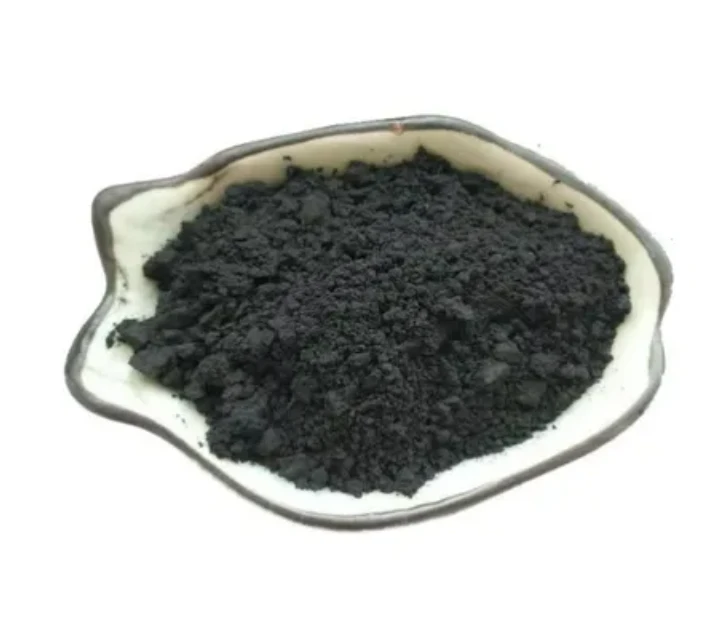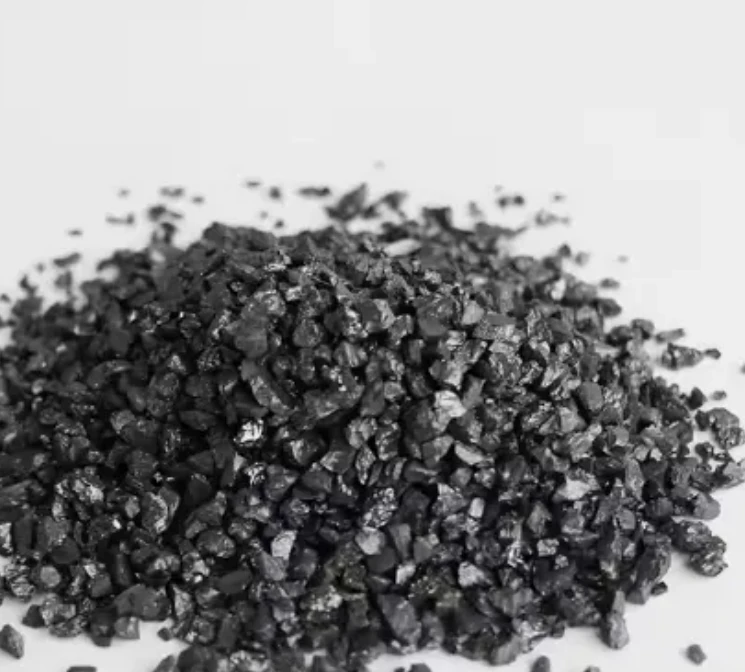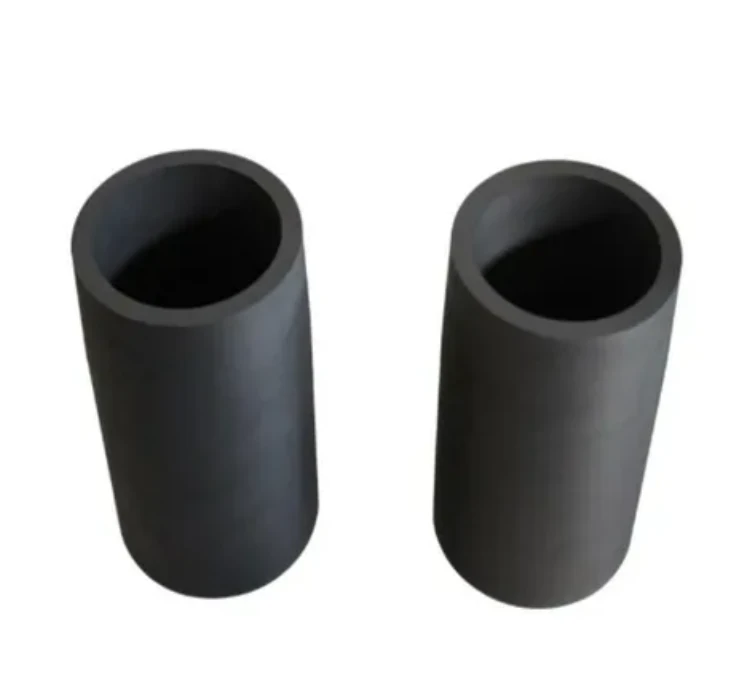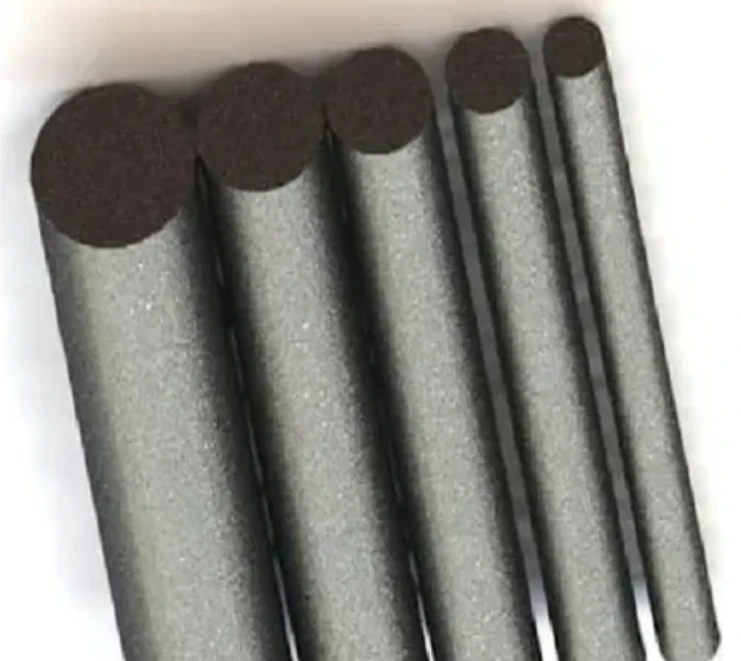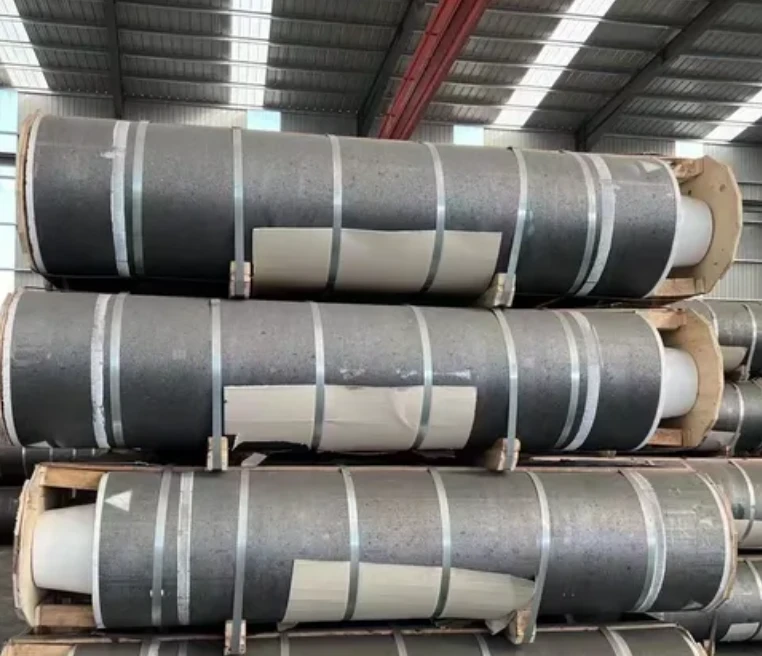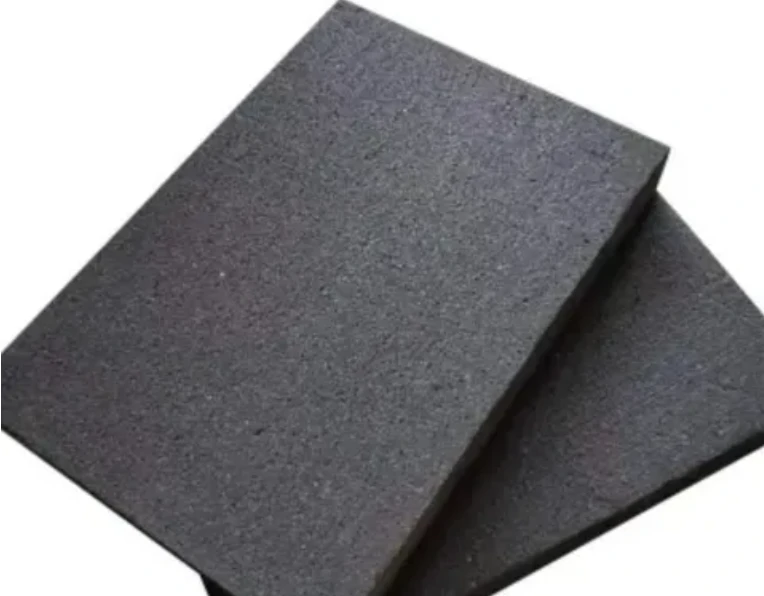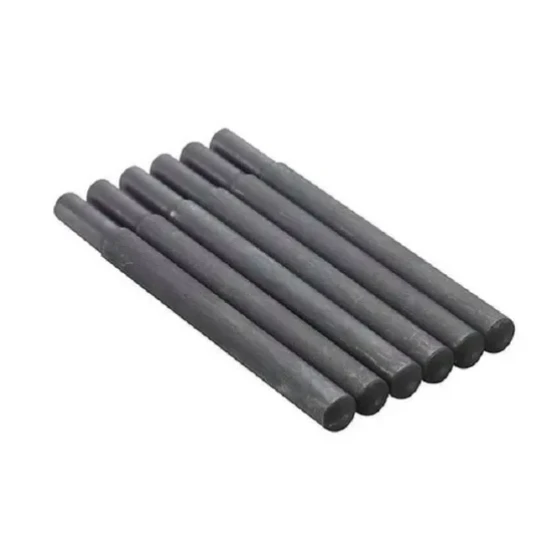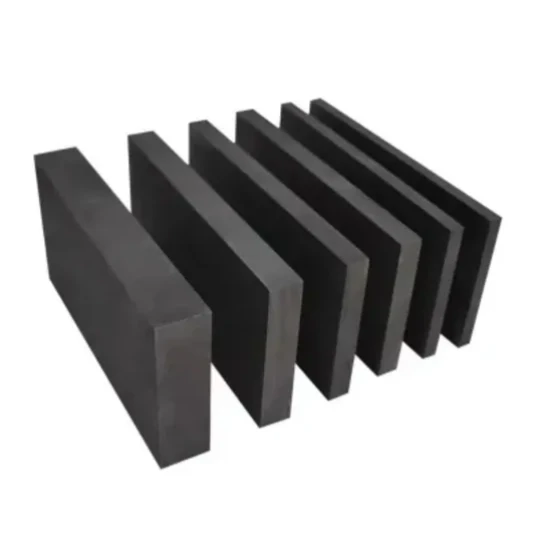- Englist



- Understanding Graphite Sheet Applications in Modern Industries
- Technical Advantages of Graphite Sheets Over Traditional Materials
- Performance Comparison: Leading Graphite Sheet Manufacturers
- Custom Solutions for Industry-Specific Requirements
- Real-World Applications in Electronics and Energy Sectors
- Environmental and Cost Benefits of Graphite-Based Products
- Future Trends in Graphite Sheet Utilization

(graphite sheet uses)
Graphite Sheet Uses in Thermal Management Systems
Graphite sheets have become indispensable in thermal management, with 78% of high-performance electronics manufacturers adopting them for heat dissipation. Their 500-1500 W/m·K thermal conductivity outperforms copper by 30-40%, making them critical in LED lighting, EV batteries, and aerospace systems. A 2023 market analysis projects a 12.4% CAGR growth for graphite sheets through 2030, driven by renewable energy demands.
Superior Material Properties and Technical Specifications
Flexible graphite sheets combine exceptional thermal transfer with electrical insulation (dielectric strength 5-15 kV/mm). Key advantages include:
- Weight reduction: 60% lighter than aluminum heat sinks
- Corrosion resistance: Withstands pH 0-14 environments
- Compressibility: Maintains 90% efficiency under 200 psi pressure
Manufacturer Comparison: Technical Specifications
| Vendor | Thermal Conductivity (W/m·K) | Thickness Range (mm) | Price per m² |
|---|---|---|---|
| GrafTech | 800-1300 | 0.1-3.0 | $420 |
| SGL Carbon | 700-1200 | 0.05-5.0 | $385 |
| Neograf Solutions | 950-1500 | 0.2-2.5 | $480 |
Customized Engineering Solutions
Specialized applications require tailored graphite solutions:
- Automotive: 0.25mm sheets with 5% silicone coating for battery packs
- Medical: Biocompatible grades meeting ISO 10993 standards
- Energy: 98% pure graphite electrodes for hydrogen fuel cells
Industrial Application Case Studies
Case 1: A semiconductor manufacturer reduced thermal hotspots by 62% using 1.2mm anisotropic graphite sheets, enabling 15% higher processor speeds.
Case 2: Wind turbine operators extended bearing life by 8,000 service hours through graphite-based lubrication systems.
Economic and Sustainability Impacts
Graphite sheet implementation shows measurable ROI:
- 38% reduction in cooling system maintenance costs
- 72% recyclability rate for end-of-life materials
- 45% lower carbon footprint vs. aluminum alternatives
Innovative Graphite Sheet Uses in Emerging Technologies
Recent advancements demonstrate expanded applications:
- 5G infrastructure: 0.08mm ultra-thin sheets reducing signal loss
- Space systems: Radiation-resistant composites surviving 500°C thermal cycles
- Medical imaging: EMI shielding for MRI components

(graphite sheet uses)
FAQS on graphite sheet uses
Q: What are the common applications of graphite sheets?
A: Graphite sheets are widely used for thermal management in electronics, such as smartphones and laptops, due to their high thermal conductivity. They also serve as lightweight seals in industrial machinery and gaskets in chemical processing equipment.
Q: How is powdered graphite lubricant utilized in high-temperature environments?
A: Powdered graphite lubricant is ideal for machinery parts exposed to extreme heat, like engine components or metal molds. It reduces friction without degrading, unlike oil-based lubricants, and is often applied to locks or hinges for smooth operation.
Q: Why is graphite preferred for electrodes in batteries?
A: Graphite electrodes are essential in lithium-ion batteries for their electrical conductivity and stability. They enable efficient energy storage and discharge, while also being used in metallurgical furnaces and electroplating processes.
Q: Can graphite sheets replace traditional sealing materials?
A: Yes, graphite sheets are used as corrosion-resistant seals in pumps, valves, and pipelines. Their flexibility and thermal stability make them superior to rubber or plastic in high-pressure or high-temperature settings.
Q: What automotive components benefit from powdered graphite lubricant?
A: Powdered graphite lubricant is applied to car door locks, ignition systems, and suspension parts to reduce wear. It’s also used in brake systems and engine assemblies where dust resistance and durability are critical.





 Pervious
Pervious
 Next
Next
